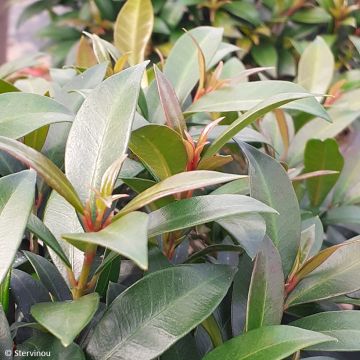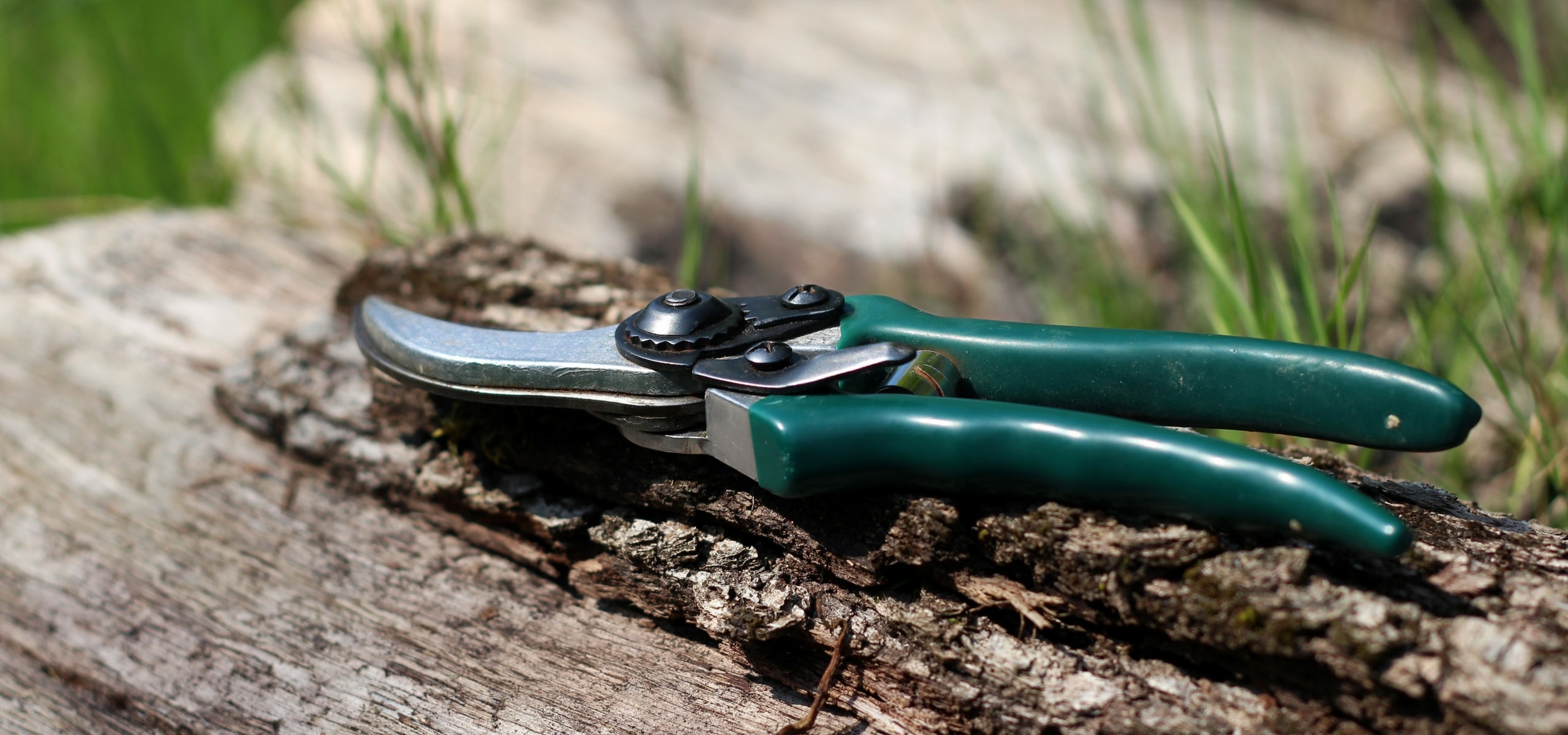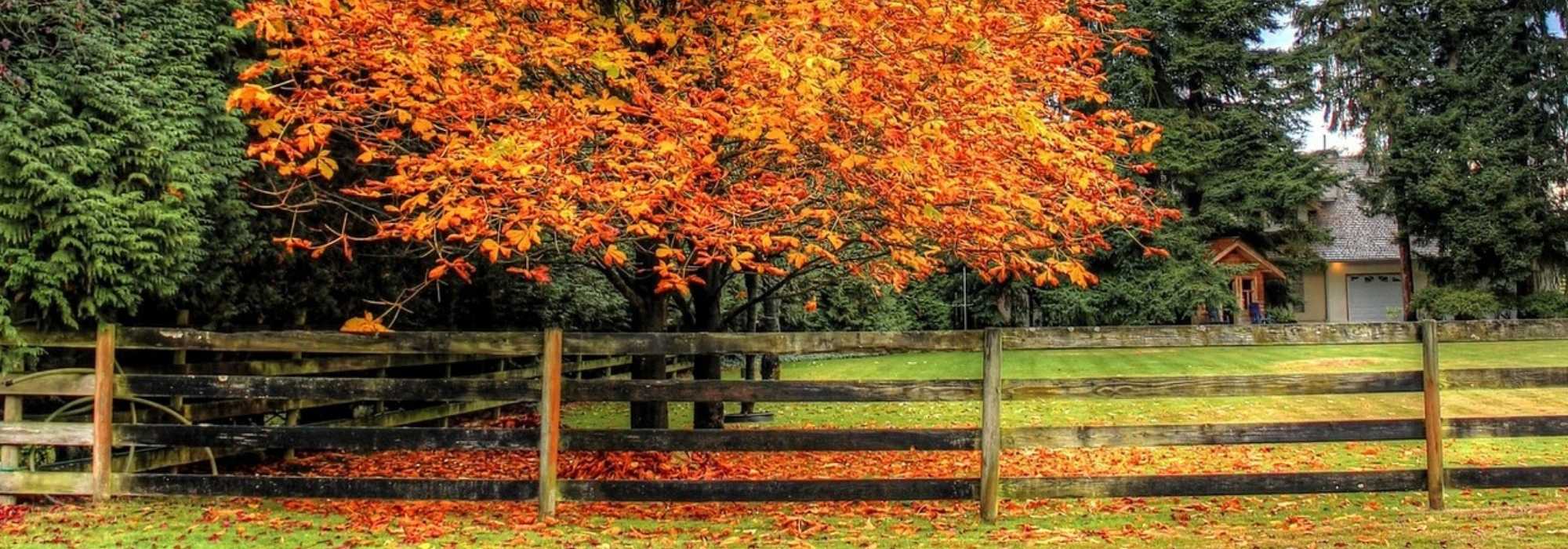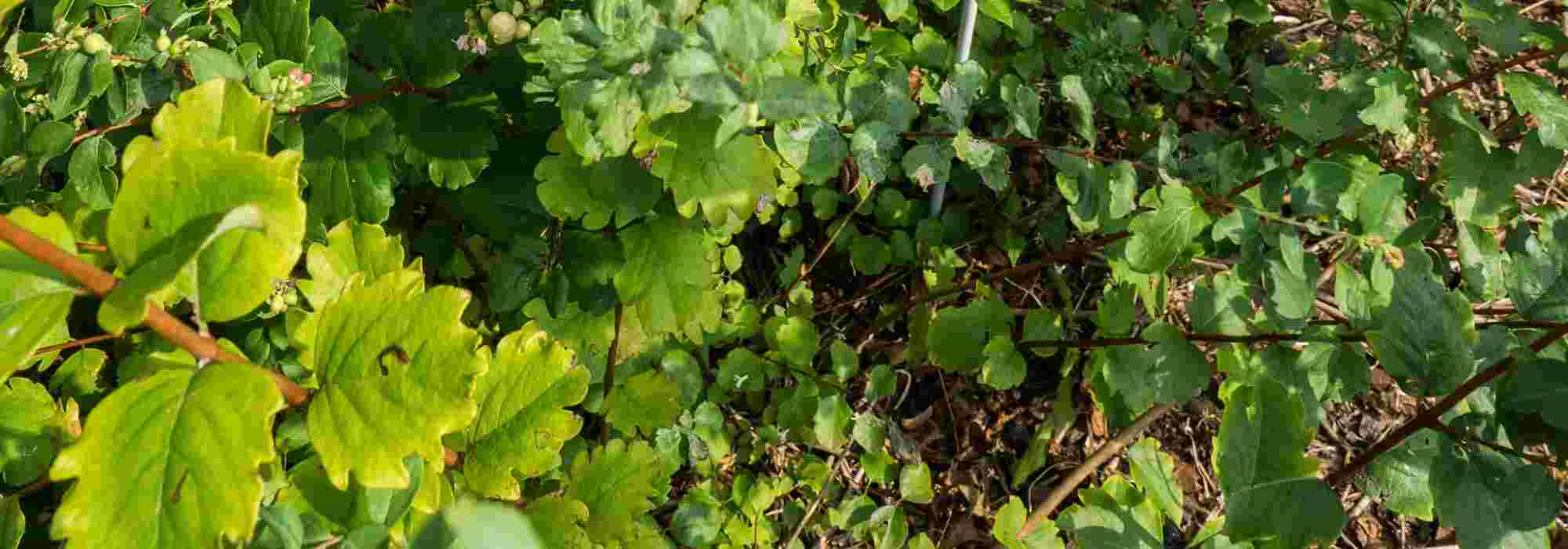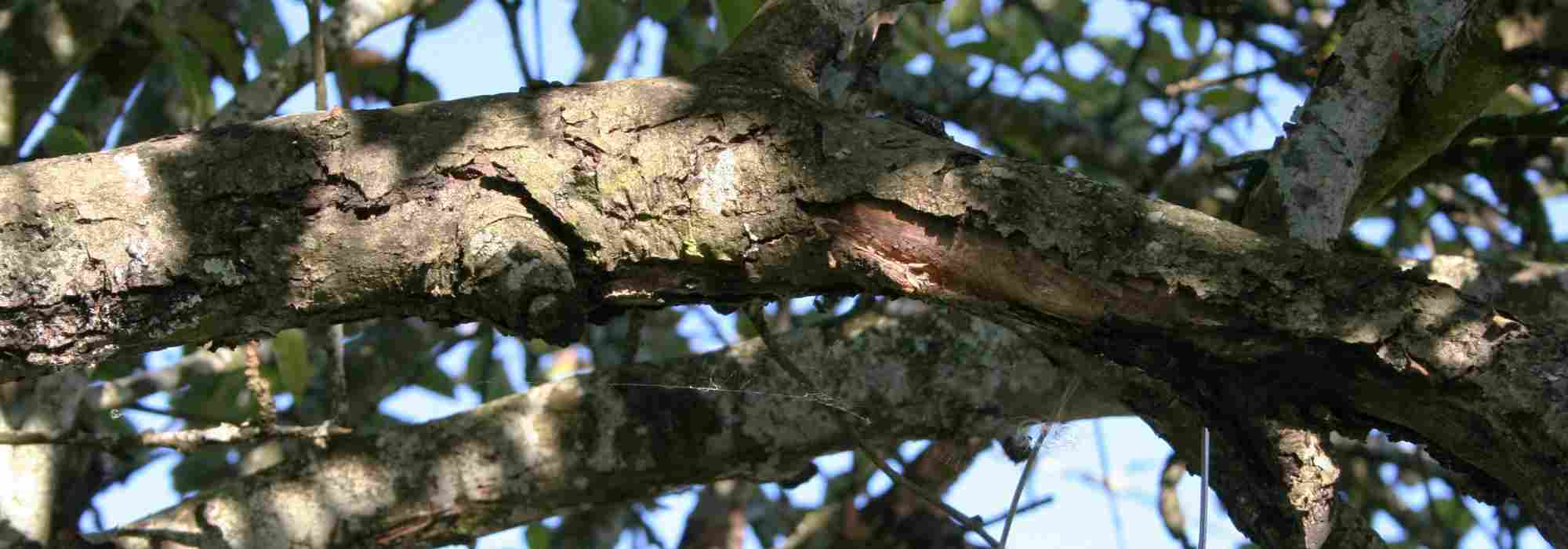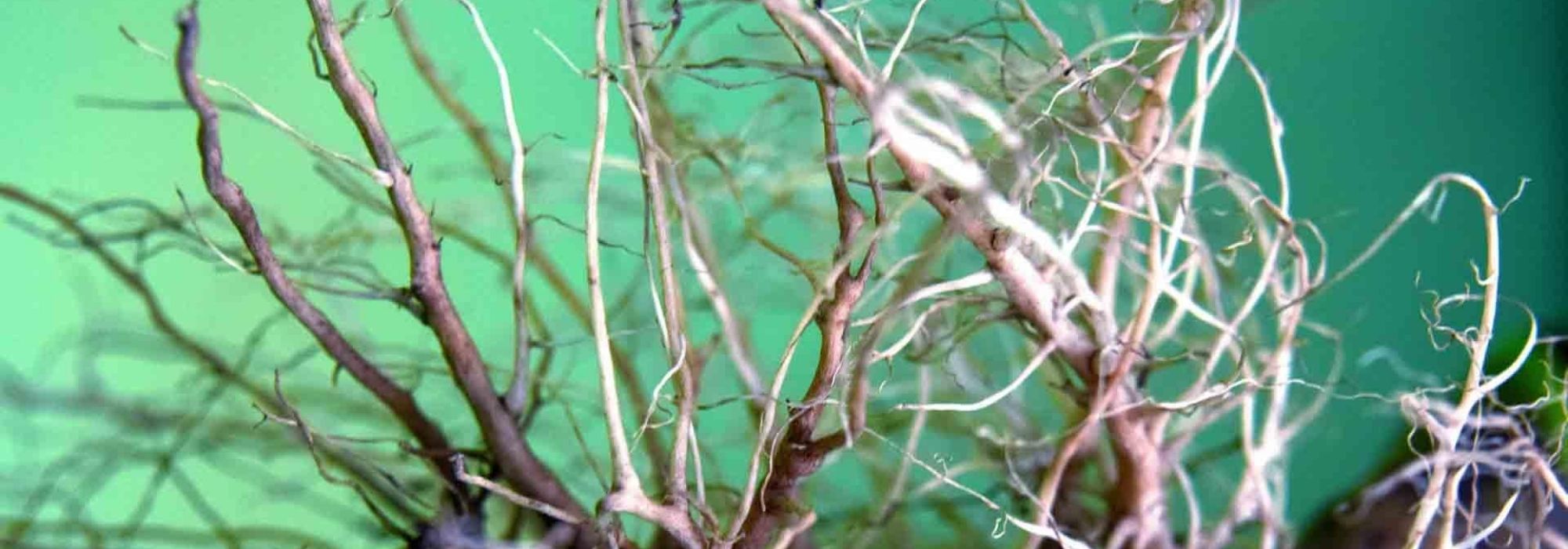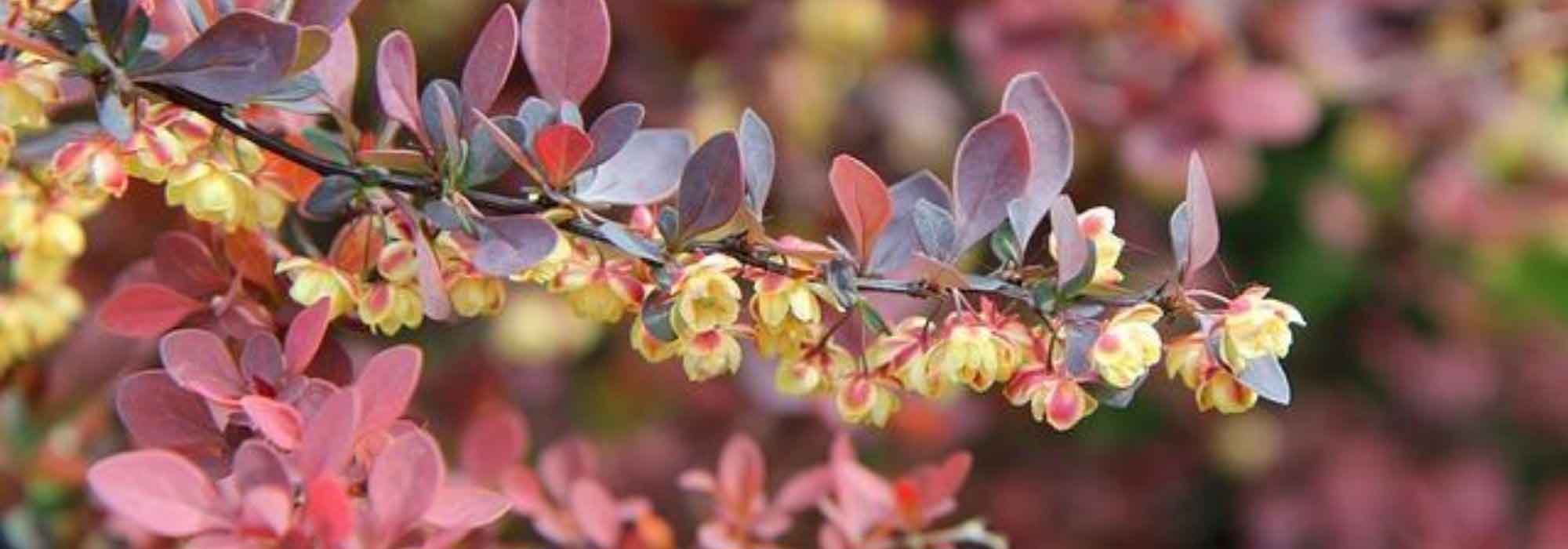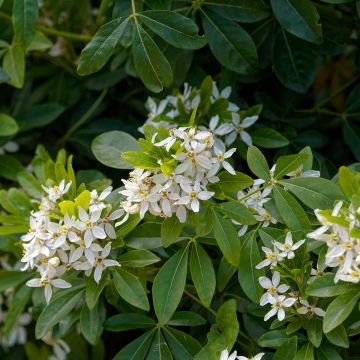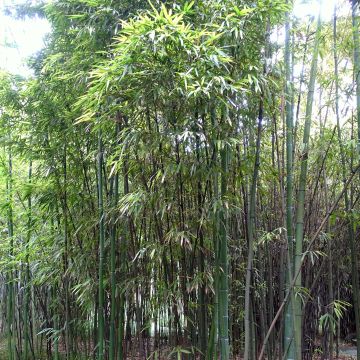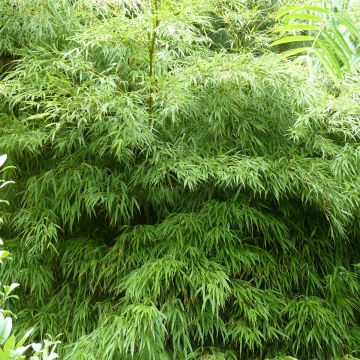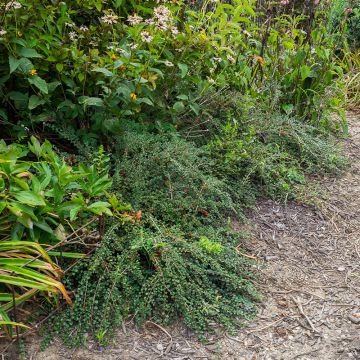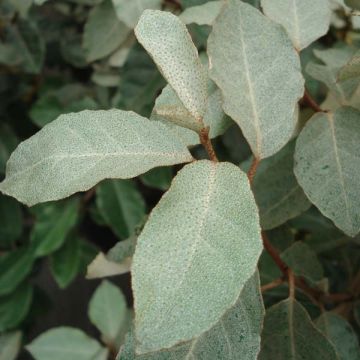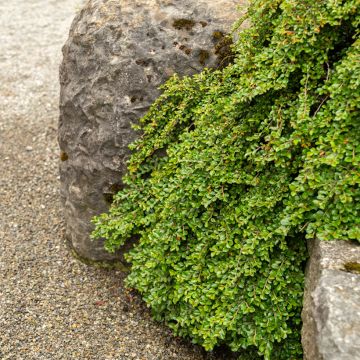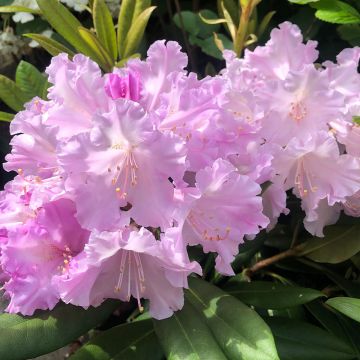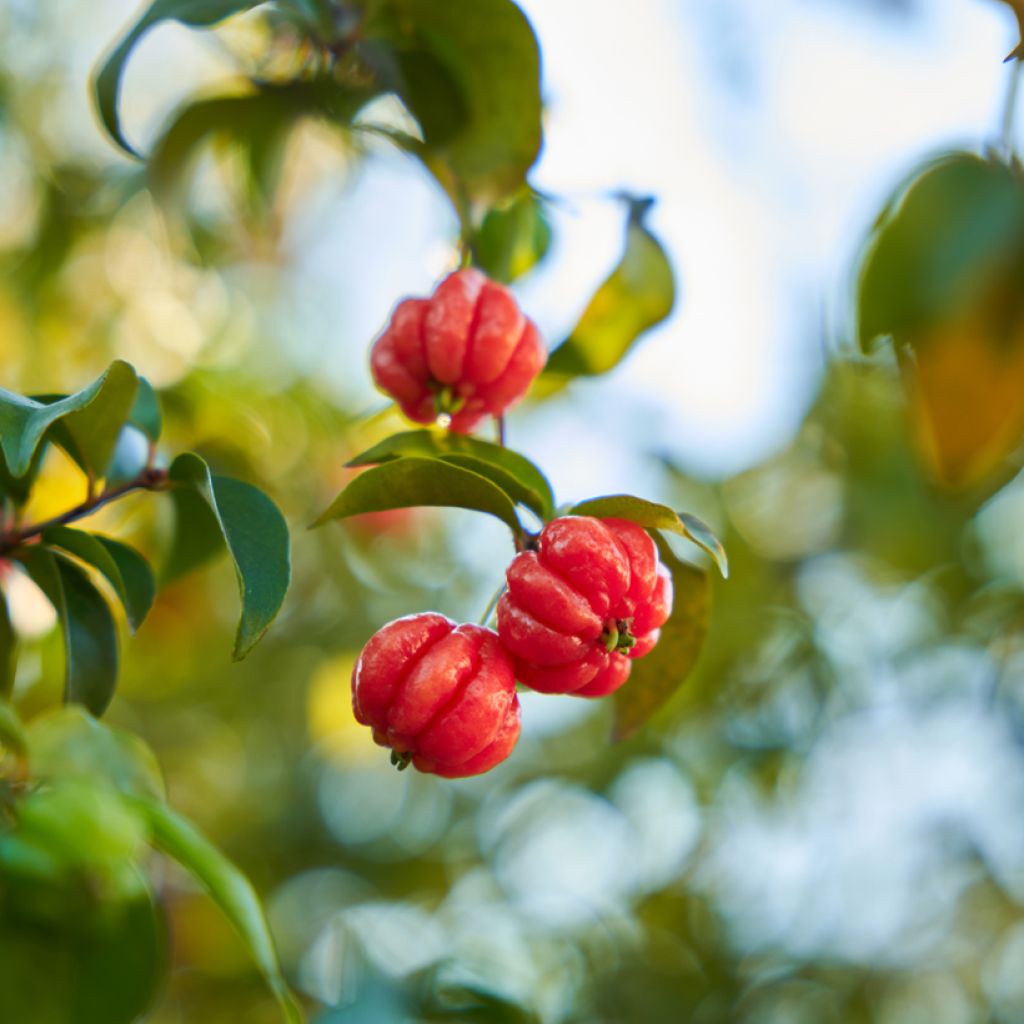

Eugenia uniflora - Cayenne cherry, Surinam cherry
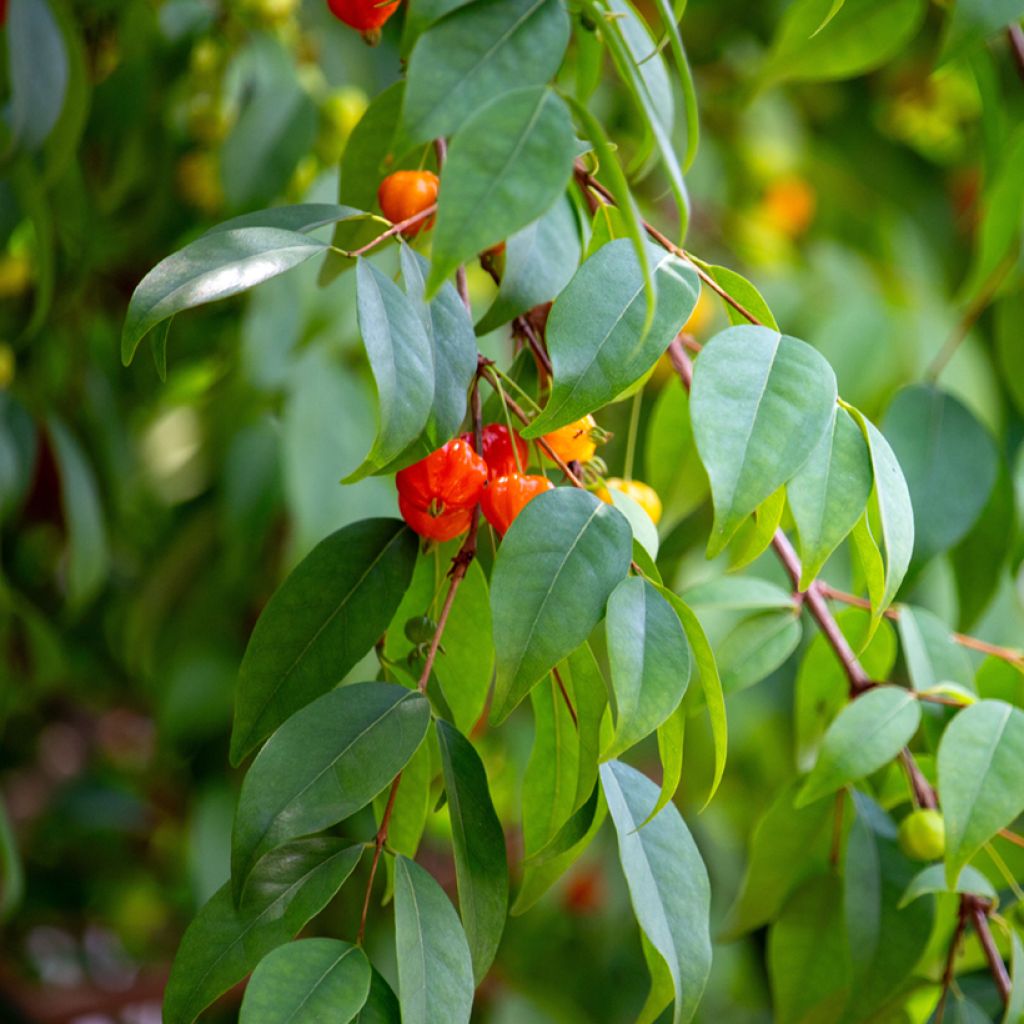

Eugenia uniflora - Cayenne cherry, Surinam cherry
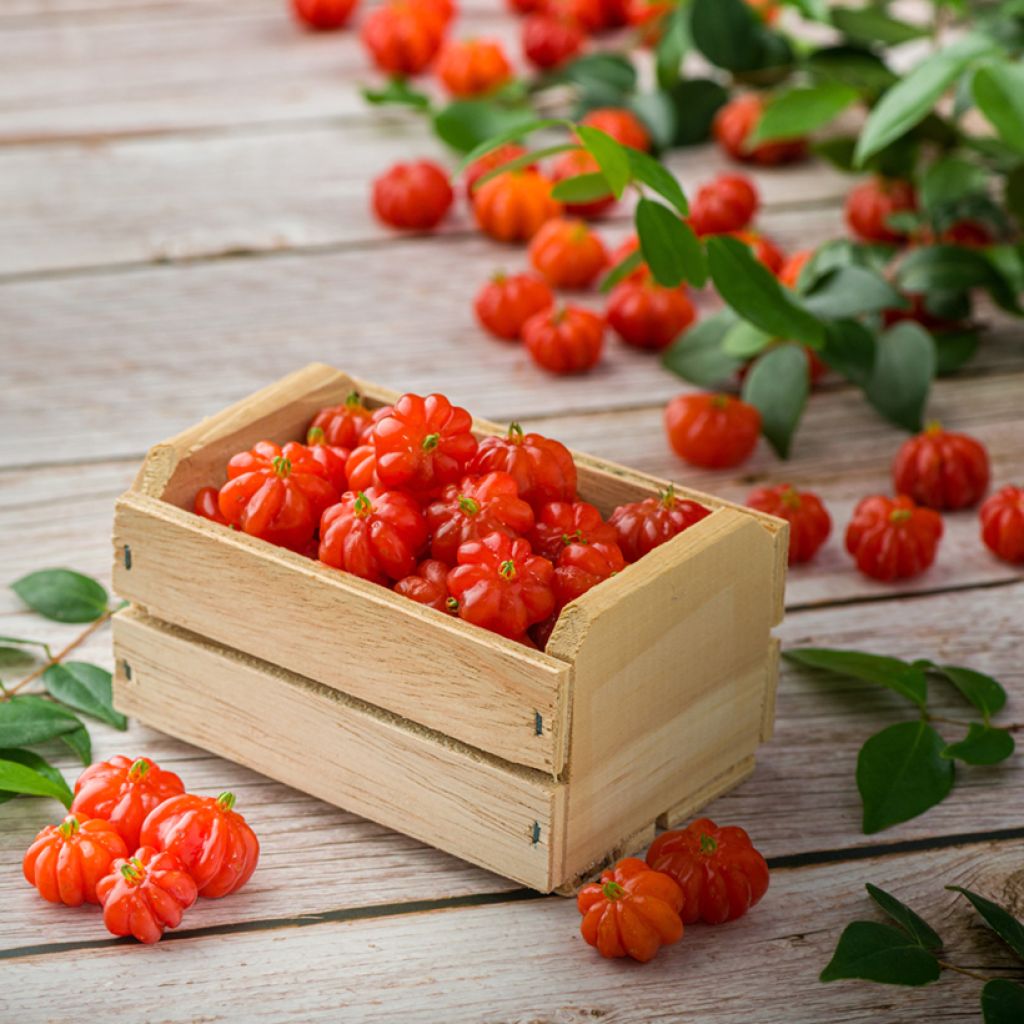

Eugenia uniflora - Cayenne cherry, Surinam cherry
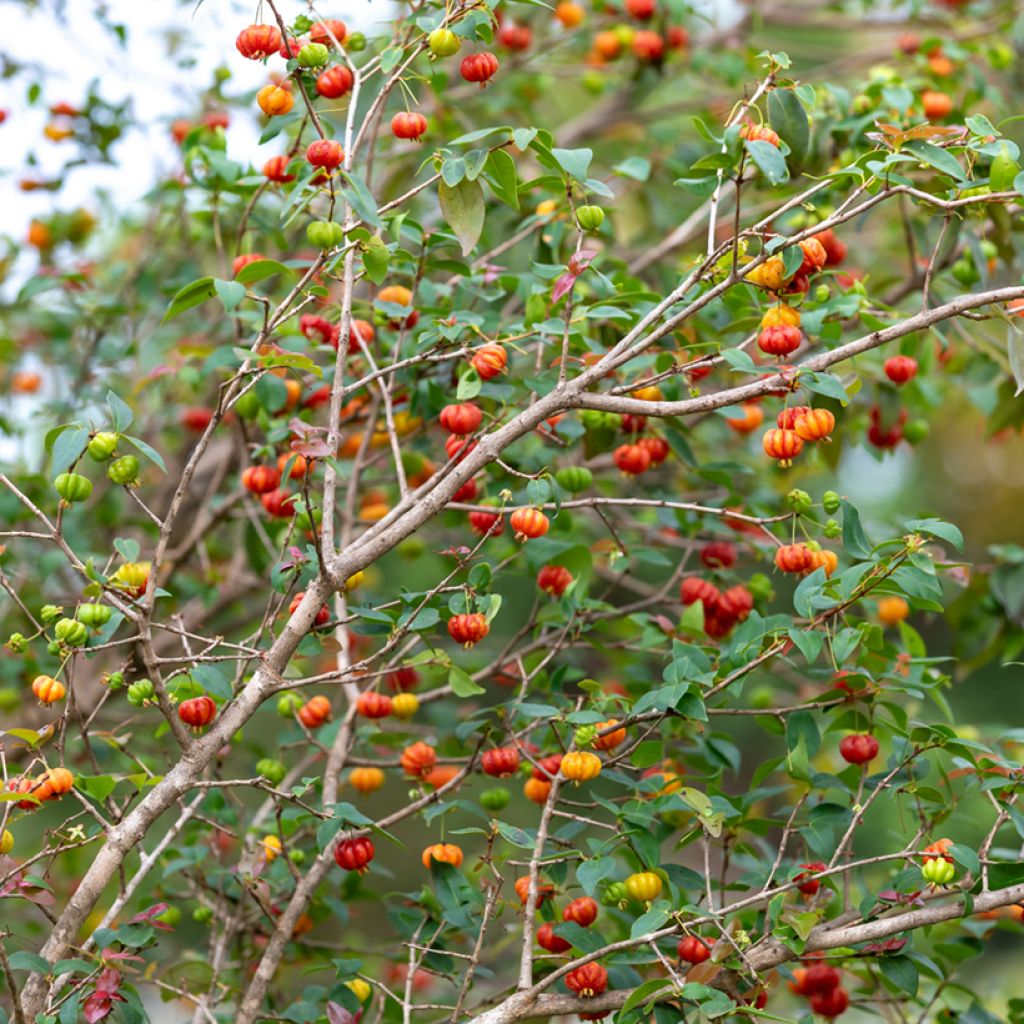

Eugenia uniflora - Cayenne cherry, Surinam cherry
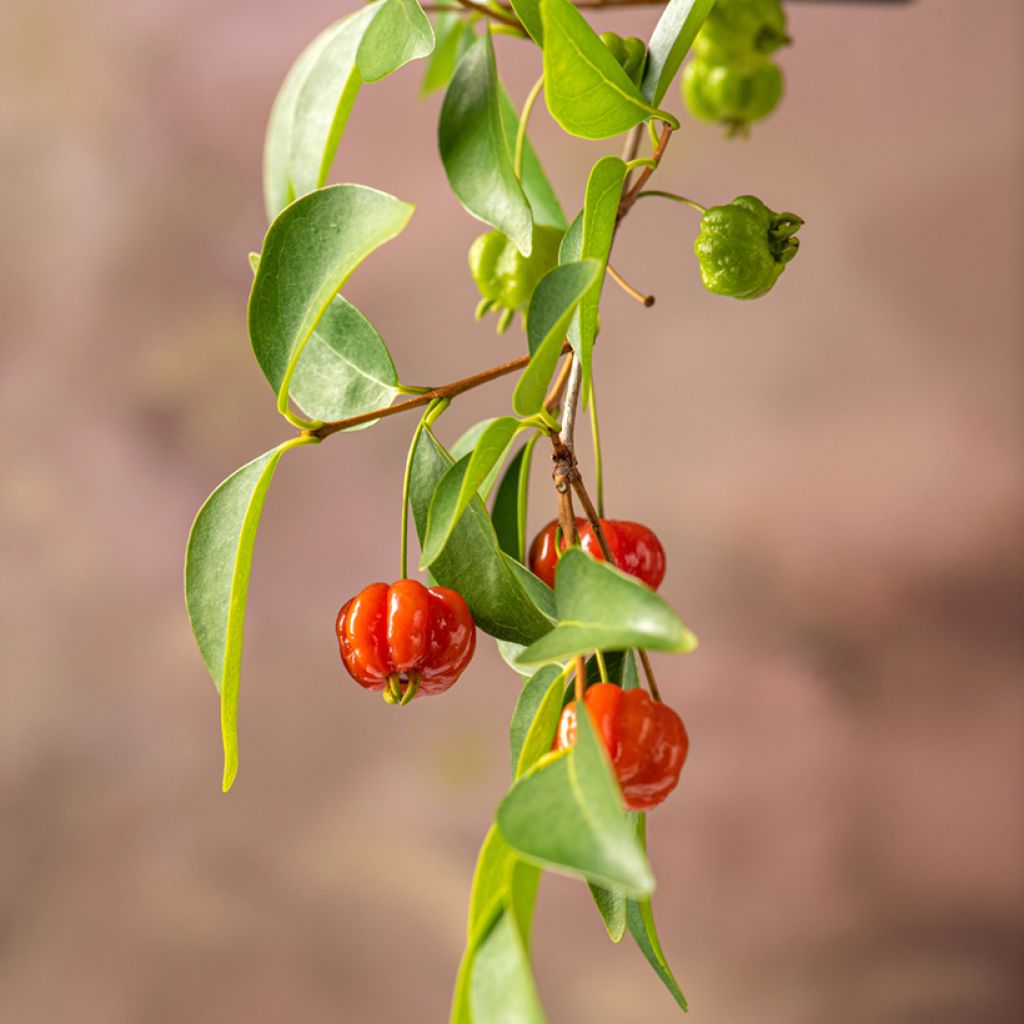

Eugenia uniflora - Cayenne cherry, Surinam cherry
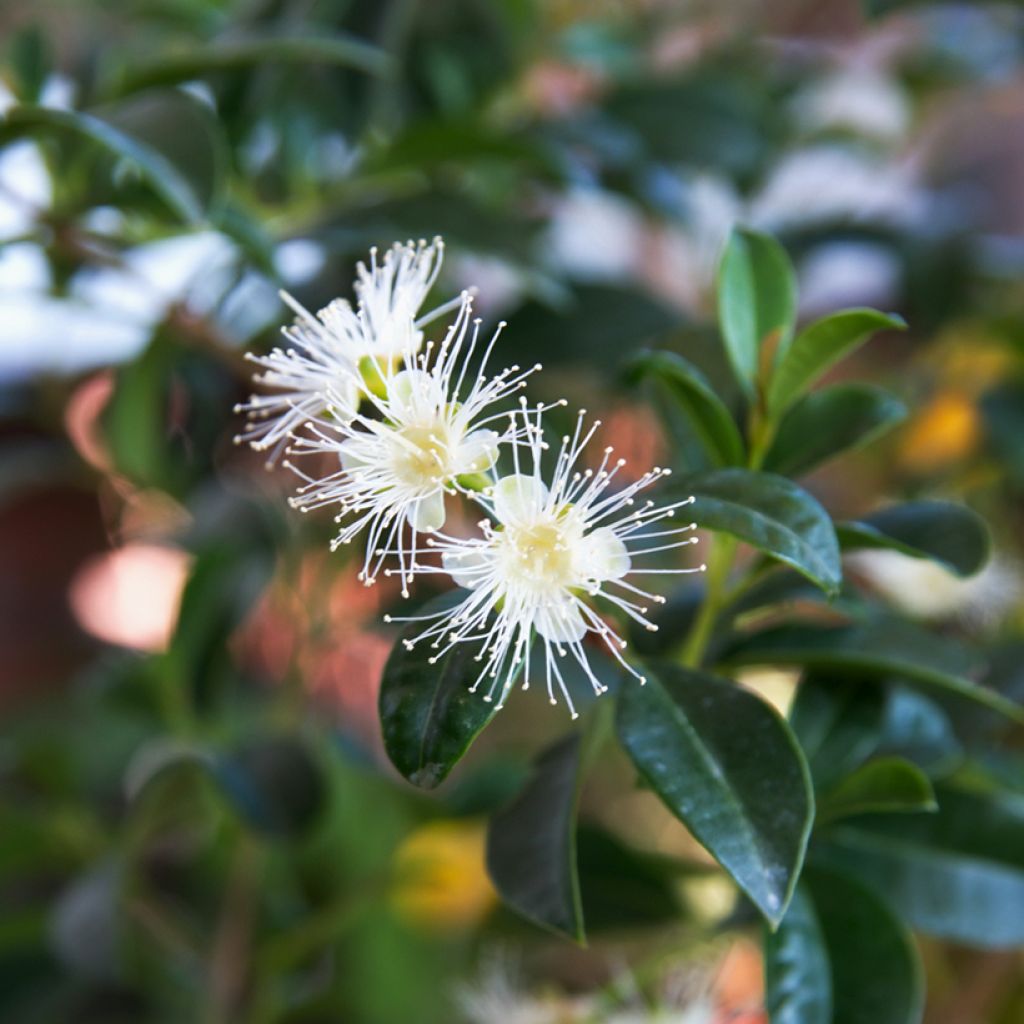

Eugenia uniflora - Cayenne cherry, Surinam cherry
Eugenia uniflora - Cayenne cherry, Surinam cherry
Eugenia uniflora
Cerisier de Cayenne, Cerisier carré, Pitange du Brésil, Cerisier créole, Pitanga, Roussaillier
Special offer!
Receive a €20 voucher for any order over €90 (excluding delivery costs, credit notes, and plastic-free options)!
1- Add your favorite plants to your cart.
2- Once you have reached €90, confirm your order (you can even choose the delivery date!).
3- As soon as your order is shipped, you will receive an email containing your voucher code, valid for 3 months (90 days).
Your voucher is unique and can only be used once, for any order with a minimum value of €20, excluding delivery costs.
Can be combined with other current offers, non-divisible and non-refundable.
Why not try an alternative variety in stock?
View all →This plant carries a 24 months recovery warranty
More information
We guarantee the quality of our plants for a full growing cycle, and will replace at our expense any plant that fails to recover under normal climatic and planting conditions.
Does this plant fit my garden?
Set up your Plantfit profile →
Description
Eugenia uniflora, the Cayenne Cherry, is remarkable for its bright red, decorative and edible fruit. This tropical, spreading bush is adorned with glossy evergreen foliage, beautifully contrasted by reddish young shoots. Its white, fragrant and nectar-rich flowering is followed by bright red, decorative fruits, which turn almost black when ripe. Besides their ornamental appeal, they are appetising and rich in vitamins. It is very sensitive to cold and can only withstand winter in the mildest areas. Elsewhere, it can be grown in a large container to be stored in a conservatory or frost-free greenhouse.
Eugenia is a member of the Myrtaceae family, which includes around 3000 species, including the countless Eucalyptus from Australia. Less well known in our latitudes, the Eugenia genus nonetheless exceeds 1000 recorded species worldwide, in tropical and subtropical regions.
The Cayenne Cherry, or Eugenia uniflora, is native to a wide area ranging from Suriname and French Guiana to southern Brazil, extending into Uruguay, Argentina and Paraguay. It has long been introduced to the rest of tropical America, Africa, Southeast Asia, the United States and more recently the Mediterranean region. In its natural habitats, it forms a large bush or small tree of 5 to 7 m in height, growing along waterways and on forest edges. Its trunk features a highly ornamental bark, which peels, creating a beige, grey and greenish-grey palette. In the northern hemisphere, it typically flowers between July and September and its fruits are harvested between October and December.
Planting outside must be limited to the mildest areas as it can only tolerate brief frosts down to -2°C without damage, losing its leaves afterwards, then dying around -4°C. Under good conditions, it will form a bush of 3 to 4 m in height with a spread of 3 m or more. Its habit is most often quite upright before spreading out into an umbrella shape, reaching a width almost comparable to its height without pruning. The foliage consists of small, glossy, bright, vibrant green, ovate to elliptical leaves, measuring about 4-6 cm long by 3 cm wide and aromatic when crushed. When they emerge, the young leaves have a beautiful red hue that turns bronze before becoming green. In May-June, the flowering appears, sometimes stretching until the end of summer. The bush produces small, white, pleasantly fragrant flowers, composed of 4 rounded petals and about fifty protruding stamens. The flowers measure only 1 cm to 1.5 cm in diameter and are solitary or grouped in twos or threes. While the flowering is not particularly spectacular, it is nectar-rich and full of pollen, beneficial to bees and butterflies that come to forage. In autumn, they are followed by globose fruits, which have 8 ribs and measure 2 to 3 cm in diameter, sometimes slightly more. As they ripen, they transition from an orange-red to a bright, shiny red, very attractive and truly decorative, eventually becoming crimson and almost black. They are edible, revealing a juicy texture and a taste ranging from sweet-sour to tangy. Very rich in vitamin C, magnesium, zinc and potassium, they can be eaten raw or juiced, and you can also make jams from them. And if you don't consume them, rest assured that the birds will take care of them as soon as they fall to the ground!
Eugenia uniflora is a very interesting conservatory plant all year round. Thanks to its good tolerance to pruning, you can grow it in a container for a long time and keep it to reasonable proportions, which will be essential for moving it in winter. If you have a small winter greenhouse or a frost-free conservatory, you can pair it with citrus trees grown in the same way, which will also delight you with their fruits in autumn or winter. Their yellow or orange colour will complement the red of the Cayenne cherries to create a joyful scene. To extend the pleasure, give in to the temptation of mimosa by adopting Acacia pravissima 'Lemon Twist', a horticultural variety compact enough to be kept in a container, with decorative foliage and abundant lemon-yellow flowering in March-April.
Report an error about the product description
Eugenia uniflora - Cayenne cherry, Surinam cherry in pictures


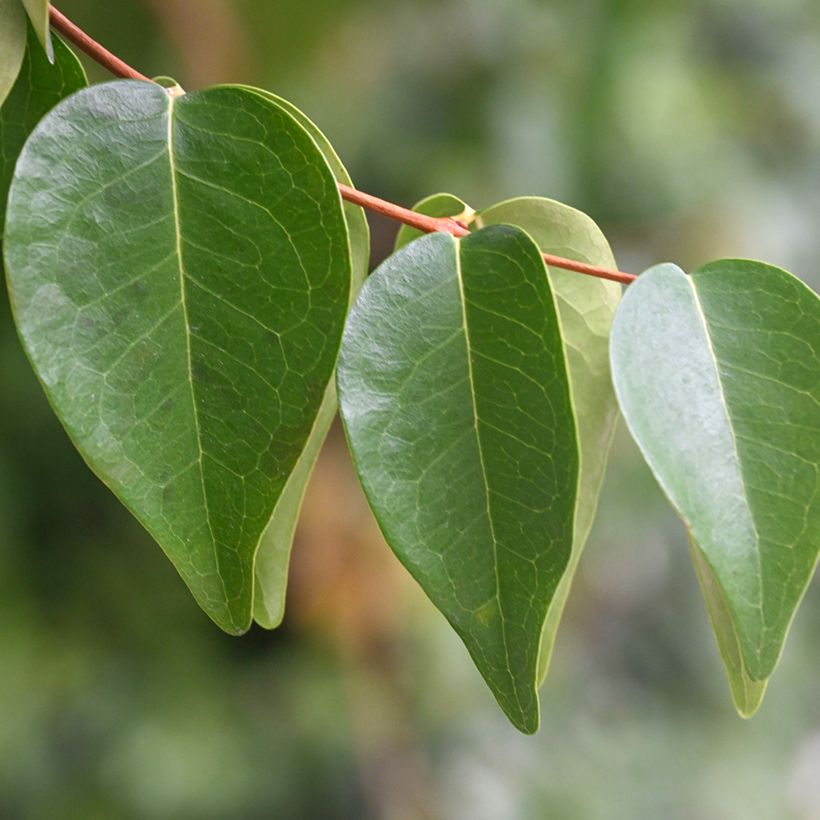



Plant habit
Flowering
Foliage
Botanical data
Eugenia
uniflora
Myrtaceae
Cerisier de Cayenne, Cerisier carré, Pitange du Brésil, Cerisier créole, Pitanga, Roussaillier
Eugenia michelii, Eugenia brasiliana, Myrtus brasiliana, Eugenia myrtifolia
South America
Other Eugenia
View all →Planting and care
Eugenia uniflora adapts well to most humus-bearing and moist soils, provided they are well-drained, especially in winter. Only overly chalky or saline soils should be avoided. It thrives in sufficiently deep soils that remain moist during summer. Its taproot system allows it, after a few years of planting, to draw water from deep within the soil, enabling it to tolerate temporary drought. However, fruit production will be better if the soil remains moist or benefits from summer watering.
The bush is somewhat frost-sensitive, but a well-established plant will withstand brief frosts of around -2°C to -4°C under good conditions (well-drained soil, sheltered from winter winds). It is best planted in a sunny or very lightly shaded position, taking into account its eventual width. In the early years, it is advisable to protect it with a fleece if temperatures drop below 0°C, until it develops a strong root system. Planting it in the corner of a dry stone wall is ideal, or in front of a screen of evergreen vegetation to block the wind. Water regularly in the early years to help it establish roots, and you can also mulch the soil surface above the roots. You can encourage branching by pruning the branches in March-April.
Container cultivation:
Ensure good drainage at the bottom of a large pot. Use a light substrate enriched with leaf compost and apply a slow-release fertiliser in late winter and autumn. Water generously in summer, allowing the soil to dry slightly between waterings. The more you water, the more your Eugenia will flower and fruit. Reduce watering in winter. Bring your potted plant indoors to a bright, frost-free, and minimally heated space.
Planting period
Intended location
Care
Planting & care advice
This item has not been reviewed yet - be the first to leave a review about it.
Similar products
Haven't found what you were looking for?
Hardiness is the lowest winter temperature a plant can endure without suffering serious damage or even dying. However, hardiness is affected by location (a sheltered area, such as a patio), protection (winter cover) and soil type (hardiness is improved by well-drained soil).

Photo Sharing Terms & Conditions
In order to encourage gardeners to interact and share their experiences, Promesse de fleurs offers various media enabling content to be uploaded onto its Site - in particular via the ‘Photo sharing’ module.
The User agrees to refrain from:
- Posting any content that is illegal, prejudicial, insulting, racist, inciteful to hatred, revisionist, contrary to public decency, that infringes on privacy or on the privacy rights of third parties, in particular the publicity rights of persons and goods, intellectual property rights, or the right to privacy.
- Submitting content on behalf of a third party;
- Impersonate the identity of a third party and/or publish any personal information about a third party;
In general, the User undertakes to refrain from any unethical behaviour.
All Content (in particular text, comments, files, images, photos, videos, creative works, etc.), which may be subject to property or intellectual property rights, image or other private rights, shall remain the property of the User, subject to the limited rights granted by the terms of the licence granted by Promesse de fleurs as stated below. Users are at liberty to publish or not to publish such Content on the Site, notably via the ‘Photo Sharing’ facility, and accept that this Content shall be made public and freely accessible, notably on the Internet.
Users further acknowledge, undertake to have ,and guarantee that they hold all necessary rights and permissions to publish such material on the Site, in particular with regard to the legislation in force pertaining to any privacy, property, intellectual property, image, or contractual rights, or rights of any other nature. By publishing such Content on the Site, Users acknowledge accepting full liability as publishers of the Content within the meaning of the law, and grant Promesse de fleurs, free of charge, an inclusive, worldwide licence for the said Content for the entire duration of its publication, including all reproduction, representation, up/downloading, displaying, performing, transmission, and storage rights.
Users also grant permission for their name to be linked to the Content and accept that this link may not always be made available.
By engaging in posting material, Users consent to their Content becoming automatically accessible on the Internet, in particular on other sites and/or blogs and/or web pages of the Promesse de fleurs site, including in particular social pages and the Promesse de fleurs catalogue.
Users may secure the removal of entrusted content free of charge by issuing a simple request via our contact form.
The flowering period indicated on our website applies to countries and regions located in USDA zone 8 (France, the United Kingdom, Ireland, the Netherlands, etc.)
It will vary according to where you live:
- In zones 9 to 10 (Italy, Spain, Greece, etc.), flowering will occur about 2 to 4 weeks earlier.
- In zones 6 to 7 (Germany, Poland, Slovenia, and lower mountainous regions), flowering will be delayed by 2 to 3 weeks.
- In zone 5 (Central Europe, Scandinavia), blooming will be delayed by 3 to 5 weeks.
In temperate climates, pruning of spring-flowering shrubs (forsythia, spireas, etc.) should be done just after flowering.
Pruning of summer-flowering shrubs (Indian Lilac, Perovskia, etc.) can be done in winter or spring.
In cold regions as well as with frost-sensitive plants, avoid pruning too early when severe frosts may still occur.
The planting period indicated on our website applies to countries and regions located in USDA zone 8 (France, United Kingdom, Ireland, Netherlands).
It will vary according to where you live:
- In Mediterranean zones (Marseille, Madrid, Milan, etc.), autumn and winter are the best planting periods.
- In continental zones (Strasbourg, Munich, Vienna, etc.), delay planting by 2 to 3 weeks in spring and bring it forward by 2 to 4 weeks in autumn.
- In mountainous regions (the Alps, Pyrenees, Carpathians, etc.), it is best to plant in late spring (May-June) or late summer (August-September).
The harvesting period indicated on our website applies to countries and regions in USDA zone 8 (France, England, Ireland, the Netherlands).
In colder areas (Scandinavia, Poland, Austria...) fruit and vegetable harvests are likely to be delayed by 3-4 weeks.
In warmer areas (Italy, Spain, Greece, etc.), harvesting will probably take place earlier, depending on weather conditions.
The sowing periods indicated on our website apply to countries and regions within USDA Zone 8 (France, UK, Ireland, Netherlands).
In colder areas (Scandinavia, Poland, Austria...), delay any outdoor sowing by 3-4 weeks, or sow under glass.
In warmer climes (Italy, Spain, Greece, etc.), bring outdoor sowing forward by a few weeks.




































